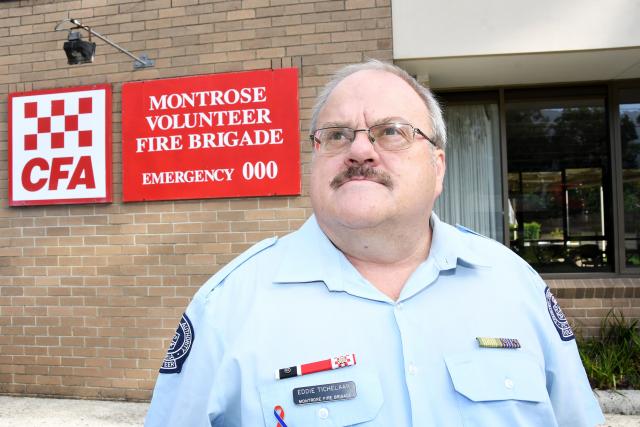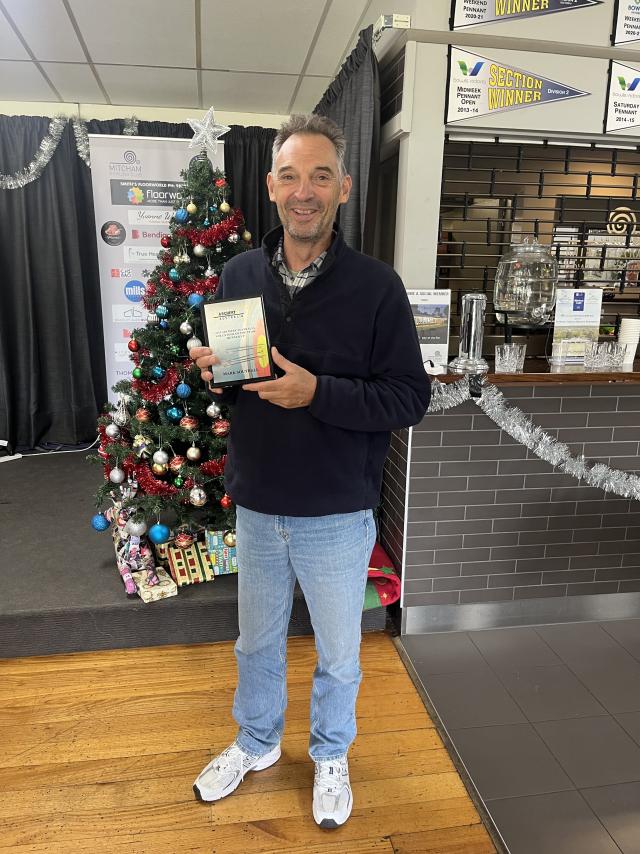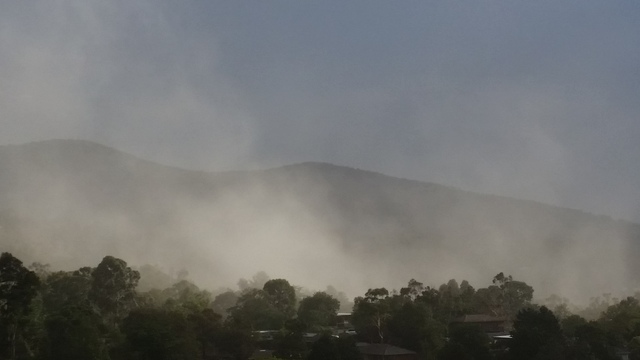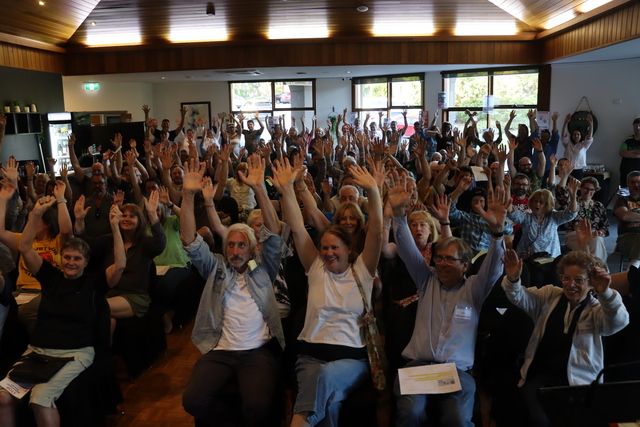While 40 years have passed since Eddie Tichelaar helped fight what would be the biggest fire in his years as a volunteer firefighter, the days around 16 February remain vivid in his mind.
At 19-years-old, Mr Tichelaar had been a member of the Montrose Fire Brigade for five years but he was yet to respond to a major fire.
“The time was approximately 4pm. A number of members including myself were at the old Montrose Fire Station in Leith Road listening to the radio traffic of what was to become my first big bushfire event, Ash Wednesday,” he said.
Recalling the Montrose Tanker 2 was called to Wantirna South to assist Bayswater at a grass and scrub fire off Wantirna Road, little did they know a major bushfire was breaking out in Belgrave South that the team would soon be called to.
“The radio traffic was out of control, from the vehicles responding and including the fire traffic of the vehicles on scene at Belgrave South,” Mr Tichelaar said.
“Trying to visualise in my mind what was going on was difficult, as I had never heard, seen or been to a major bushfire before.
“The first realisation of the absolute extent of the fires for me was later that night and the following morning as vision was coming in on television news reports. The devastation in Upper Beaconsfield and Cockatoo for me was mind blowing.”
Asked by then brigade captain Jack Earney to relieve an overnight crew in Cockatoo, Mr Tichelaar, Rob Sibbing, Steve Hoysted, John O’Dwyer and Steve Wright were deployed to the hillside fire station at 6pm, arriving just in time for the Channel 9 live cross with Brian Naylor.
As 9200 hectares burned in the Belgrave areas and 1,800 hectares in Cockatoo, 27 lives were taken in the fires and hundreds of homes and businesses were destroyed.
“Cockatoo Fire Station was being used as a morgue for those who had perished in the fire. Not knowing this, I went to the restroom in the Fire Station and unbeknown to me while I was in the restroom, they closed all the doors into the station and at that exact time, they were transferring the deceased into vehicles to transport off site,” Mr Tichelaar said.
“Having seen what I saw at the time had very little to no effect on me, but some things you can’t unsee.
“As the years rolled along, from time to time the memory of this has made me quite upset, especially when something about the Ash Wednesday bushfires is referred to and vision is on the television.”
Those memories, horrific as they were, had to be pushed to the side to continue fighting through the blaze.
As the change of shift happened, Mr Tichelaar and the boys and men from Montrose spent some of the evening blacking out scrub fires on Healesville Koo Wee Rup Road.
When evening rolled into night, Mr Tichelaar said the crew was called to Paternoster Road to “stop the fire from coming out of the bush and entering the paddocks and to protect the property owners house and outbuildings.”
Spending what time they could to nap and rest, Mr Tichelaar said it wasn’t the most comfortable sleep he’s ever had but it did the job.
“Little, fortunately, happened that night so when the occasion arose we took the opportunity to have a sleep on the aluminium checker board deck of our appliance.
“During the night, there were no clouds in the sky, so it was cold out there on the truck deck. When crew change over came around the following morning, it was great to eventually get back home to bed.”
As commemorations of 40 years are carried out, remembering the lives lost and destruction of a beautiful part of the world, Mr Tichelaar said it only takes a single image to bring him right back to those moments.
“Over the years when travelling in the Cockatoo, Emerald, Upper Beaconsfield area I can still visualise the devastation the fire caused in my mind.
“I can also say that whenever I see anything on TV about the Ash Wednesday fires 40 years later, it certainly still brings a tear or two to my eyes.”
Although still harrowing, Mr Tichelaar said he was grateful to have worked the night shift during Ash Wednesday because he could battle in the darkness, not really knowing what his surroundings looked like.
“Because of my experience that day and night, I decided over the years that doing night shift was the best thing I could do for myself and my sanity.
“Sometimes you can’t unsee what you have seen so not being able to see it or see it clearly certainly worked for me.”







